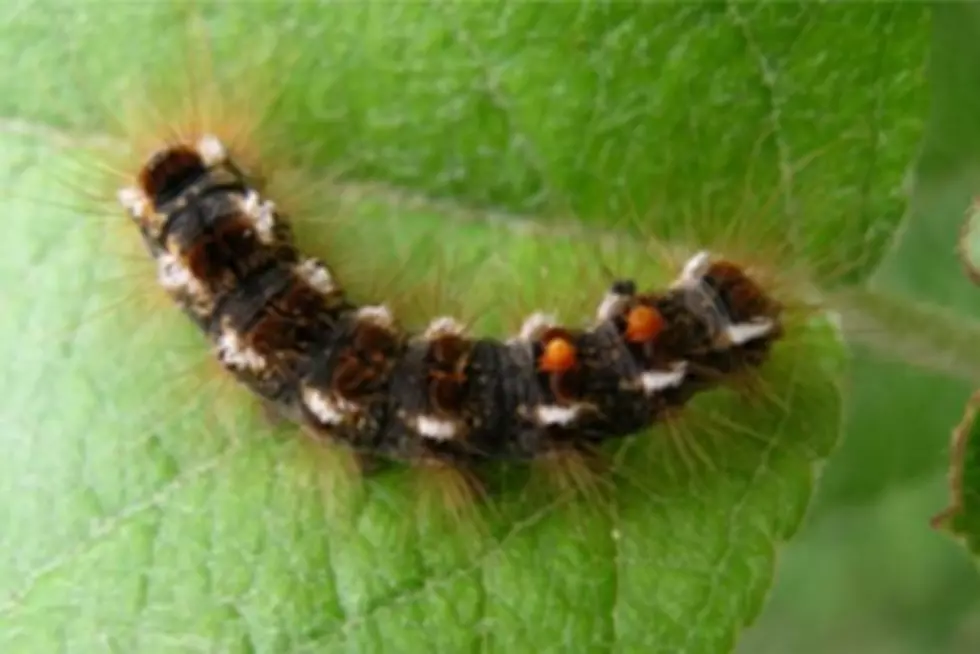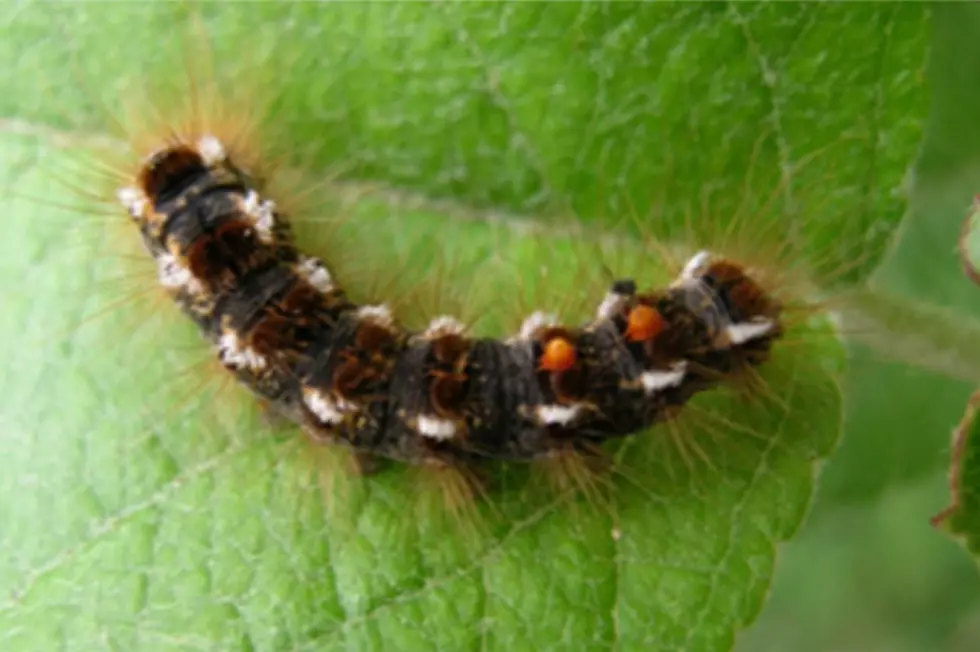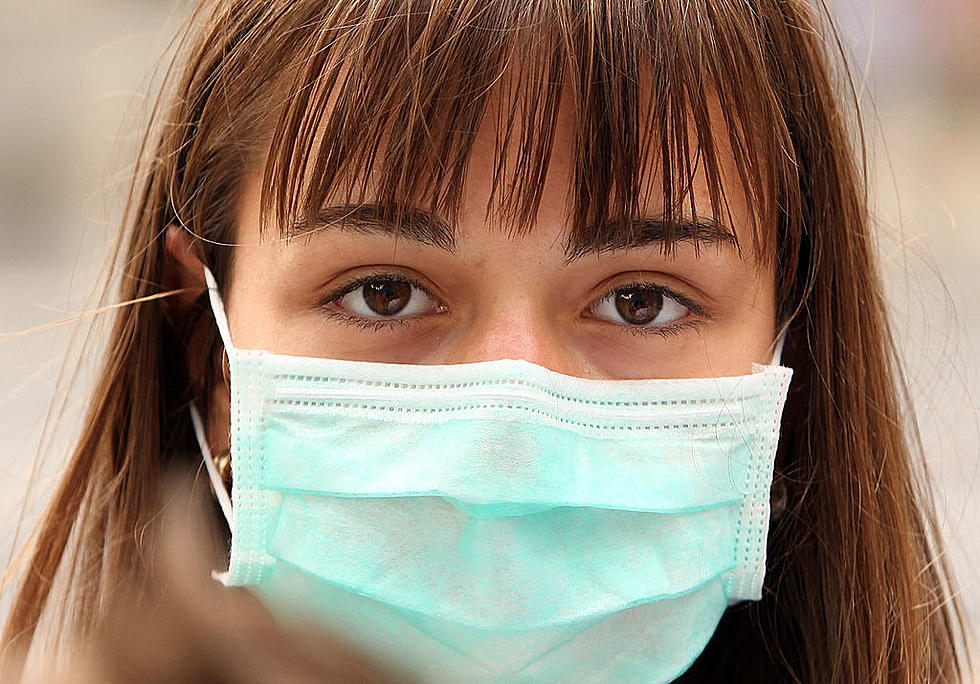
Maine CDC Issues Fall Warning For Pesky Brown Tail Moth Hairs
Hey Bangor, just because fall is here, it doesn't mean the itching and scratching will end!
The Maine CDC gave all of us who are miserable from Browntail Moth Rash an update, and there is an upside and a downside to this giant, uncomfortable pain in the rear end.
As it turns out, hairs from browntail moth caterpillars can get out in the air when you do fall yardwork and can cause a skin reaction similar to poison ivy. They can also cause trouble breathing and other respiratory problems.
I have personally been dealing with this for several months now, and I can tell you, it ain’t fun. Luckily, there is a bit of relief in the form of some of the various sprays and lotions available. I just happen to live on the West Side of Bangor, where it is rampant, so it has been a struggle to say the least.
Browntail moth caterpillars grow and shed hairs from April to late June or early July, and the hairs remain toxic in the environment for up to three years. Hairs can spread through the wind and become airborne again through mowing, raking, sweeping and other activities. Fun huh?
The Maine CDC offered up some helpful tips to limit your exposure to this nuisance:
1. Get out and do yardwork when the grass is wet after it rains, so you can prevent hairs from becoming airborne. On dry days, drop the rake and leave the mower in the garage.
2. Get used to using your washer and dryer. when you hang it outside, those itchy hairs will cling to your clothes
3. Put the shorts away, and wear shirts with sleeves Secure clothing around the neck, wrists and ankles.
4. Use this handy spray that you can make yourself, or buy locally:
Brown Tail Moth Rash Spray
1/2 30 gm tube of hydrocortisone 1% cream (e.g. Cortizone-10)
1/2 30 gm tube of diphenhydramine hydrochloride 2% and zinc acetate 0.1% cream )
1/4 30 gm tube lidocaine 4% cream
1/4 cup witch hazel solution.
5. Change your clothes, and hop into a semi-cold shower to shake off those loose hairs.
6. Use extra caution when bringing in items stored outdoors, such as firewood, or working in areas sheltered from the rain, like under decks.
Long story short, this doesn't really go away, but you can prevent your interaction with it!
For more information, check out the Maine CDC website
If you'd like to report a browntail moth sighting, you may do so here You can also monitor the Maine Forest Service website for more frequent updates regarding the problem statewide on their website
University of Maine Researchers Doing Browntail Moth Study
Here Are 25 Things That Shock People After Moving to Maine
More From WBZN Old Town Maine









